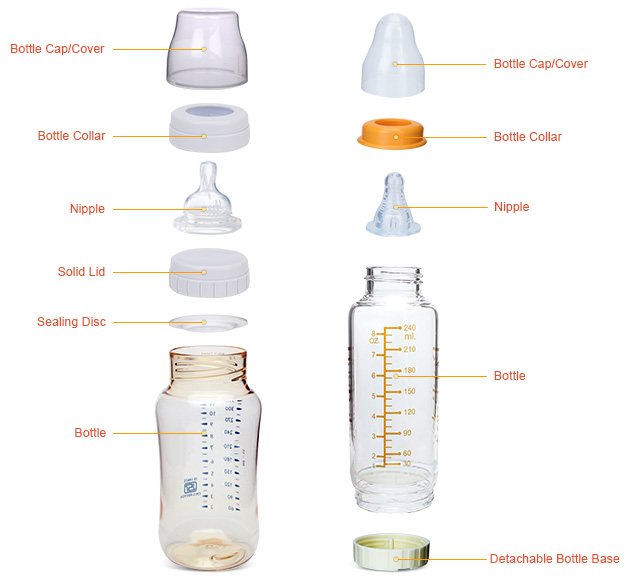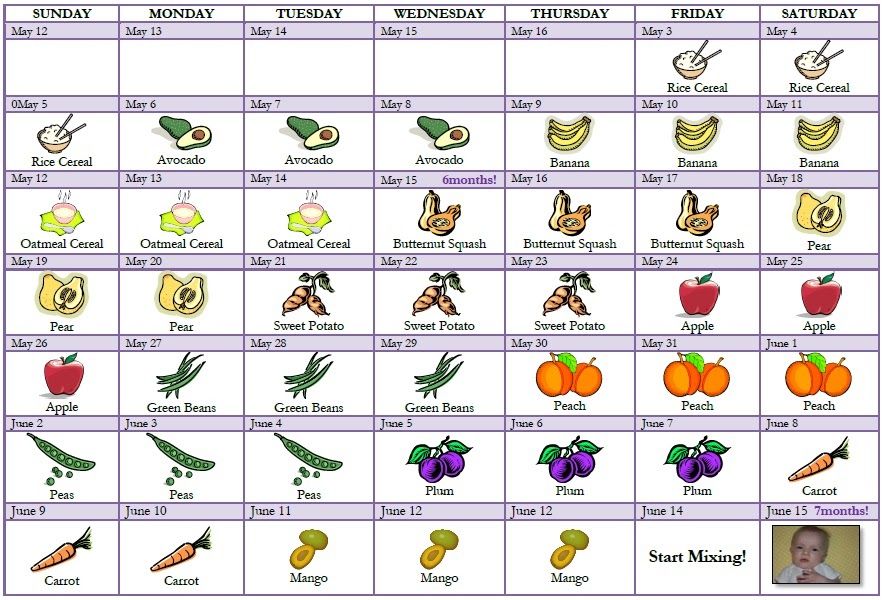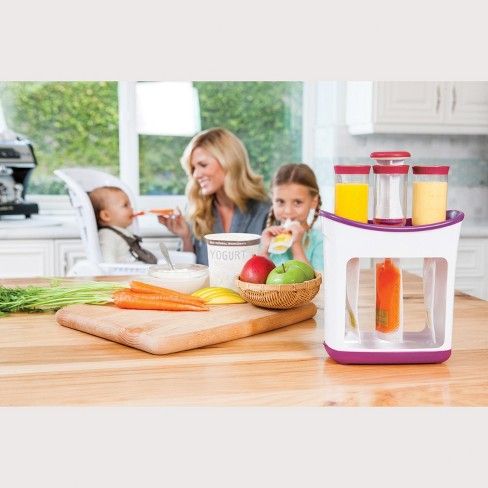How to make baby latch after bottle feeding
How to Get Baby Back to Breast
Sometimes breastfeeding doesn’t get off to a good start and before you know it your baby is taking more and more bottles and won’t breastfeed at all. Getting a baby back to breastfeeding after a period of bottle feeding can take some patience and perseverance, but it is definitely possible. If your breast milk supply has dropped then in addition to getting baby from bottle to breast you may have to build your milk supply or relactate. This article reviews how to get baby back to breast after a period of bottle feeding.
Find an IBCLC
Search for a breastfeeding expert near you
Tips to get started
- Build your breast milk supply by regular pumping or hand expression as needed or see our Tips for Relactation
- Keep your baby well fed while he practices breastfeeding so he doesn’t learn to associate hunger and frustration with the breast. Being hungry won’t force a baby to breastfeed well.
- Stay calm—practice breastfeeding without pressure, relax your shoulders and try not to look tense, smile! Follow your baby’s cues if he seems stressed and try again at another feed.
- Be patient—it can take a while for a baby to learn something new but lots of babies have made the change from bottle to breast. Never try to force your baby to the breast as this will be counterproductive.
How to get baby back to breast
Skin-to-skin
Babies have a strong instinct to breastfeed and their instincts tend to be at their strongest when they are held close to the breast in skin-to-skin contact. Try holding your baby next to the naked breast without pressure to latch on (attach to the breast). The fewer clothes between you the better.
- Remember to take off any scratch mittens so your baby can use his hands and tune into all his natural feeding reflexes.
- Relaxing in the bath together in low lighting with your baby between your breasts can encourage feeding reflexes.
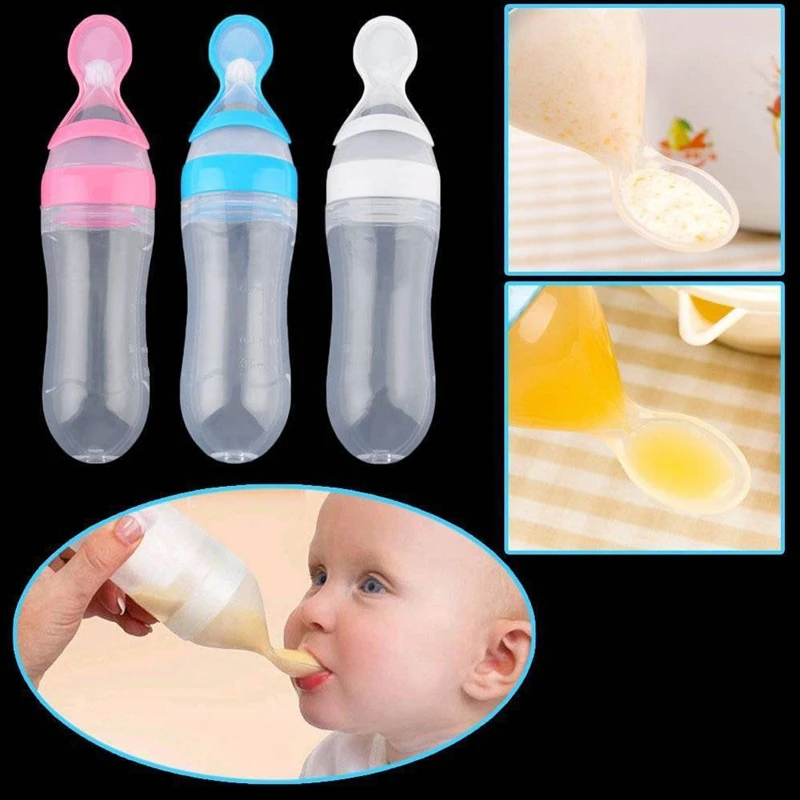
- Using a sling around the house can give your baby easy access to the breast.
- Don’t worry if your baby doesn’t try to latch during his first time skin-to-skin—the important thing is to help your baby associate the breast with a warm, relaxing and safe place to be with the opportunity to breastfeed when he is ready.
Try different breastfeeding positions
The way a baby is held at the breast can help or hinder latching. In the right position many babies can latch on all by themselves. Laid back or reclining positions can be particularly helpful with self latching. Our articles Breastfeeding Positions for Newborns and Breastfeeding Videos describe the main breastfeeding positions. If you’re not sure of the best way to hold your baby, contact your breastfeeding helper or IBCLC Lactation Consultant, it will really help to have an experienced cheer leader at your side.
Avoid using a dummy or pacifier
A dummy or pacifier encourages a different suck to the one required for a good latch on the breast and also takes the place of the breast as main comforter. Try to reduce reliance on a dummy by offering the breast and skin-to-skin contact as the comfort for your baby instead. Letting a baby suck on a clean finger can also help to introduce a baby to the feeling of skin in their mouth as a comforter instead of a silicone teat.
Try to reduce reliance on a dummy by offering the breast and skin-to-skin contact as the comfort for your baby instead. Letting a baby suck on a clean finger can also help to introduce a baby to the feeling of skin in their mouth as a comforter instead of a silicone teat.
Avoid using a bottle for some or all feeds
One way to encourage a baby to breastfeed is to reduce their reliance on a bottle teat to pave the way for a different feeding method. Alternatives such as cup feeding or finger feeding can encourage breastfeeding by helping to break a baby’s association of food with artificial teats.
- Cup feeding. Even very young babies can feed from an open cup when it is done carefully see Cup Feeding a Breastfed Baby for videos and more information.
- Finger feeding. Finger feeding involves a baby sucking a parent’s finger with a narrow gauge supplemental feeding tube held or taped alongside, through which the milk flows when baby sucks.
 The sucking technique needed for finger feeding is said to be closer to breastfeeding than bottle feeding, and finger feeding can introduce a baby to the feeling of skin in their mouth instead of a silicone teat. See What is Finger Feeding? for more information. After a little finger feeding to calm your baby and take the edge off his appetite, you could try moving him to the breast. Ensure your breast is soft and not over full to help him grasp the breast tissue to form a teat shape.
The sucking technique needed for finger feeding is said to be closer to breastfeeding than bottle feeding, and finger feeding can introduce a baby to the feeling of skin in their mouth instead of a silicone teat. See What is Finger Feeding? for more information. After a little finger feeding to calm your baby and take the edge off his appetite, you could try moving him to the breast. Ensure your breast is soft and not over full to help him grasp the breast tissue to form a teat shape.
Make a bottle feed more like a breastfeed
If you can’t avoid bottles yet, try to make bottle feeding more like breastfeeding by following these tips to bottle feed a breastfed baby. When bottle feeding is more similar to breastfeeding it can help a baby transition between the two ways of feeding more easily. The shape of the teat, the flow rate and the way you offer milk in a bottle can help or hinder breastfeeding. Some mothers hide the bottle in a cloth and keep baby next to a naked breast during their feed to help them associate the breast with milk.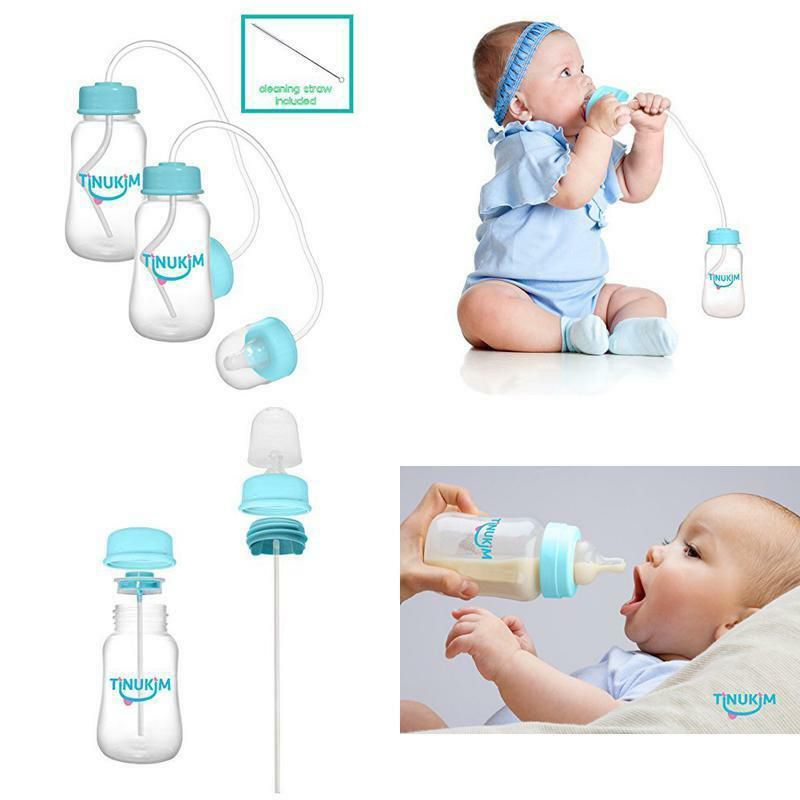
Nipple shields—make a breast more like a bottle
Nipple shields are small silicone covers with holes in the tip that fit over a nipple. Because a nipple shield will feel and taste closer to a bottle teat this can be a helpful bottle-to-breast transitioning tool for babies who are already used to bottles. It may be helpful to try it when your baby is sleepy or in light sleep and with a breast full of milk. Expressing a little milk into the end of the shield will give your baby an instant reward if he latches. Some breast compressions can help keep your baby’s interest if he does latch. Breast compressions involve applying gentle pressure to your breast to stimulate milk flow—be sure to keep your fingers far enough from your nipple so that you don’t disturb your baby’s latch. See Nipple Shields Good or Bad? and What is Breast Compression? for further information.
Some mothers have had success with latching by placing a bottle teat over their nipple for a practice session.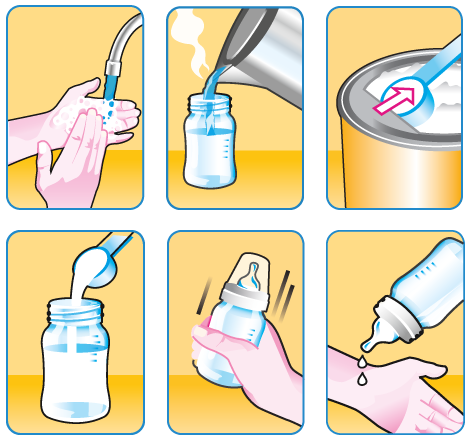 Make sure this doesn’t rub and make you feel sore.
Make sure this doesn’t rub and make you feel sore.
A sleepy baby may latch
When your baby is in a light sleep or not frantically hungry bring him skin-to-skin next to a full breast; he may latch in his sleep. Or hold your baby for a full sleep cycle in your arms and offer the breast when you see the earliest feeding cues. It can help if you can initiate the let-down (milk release) before your baby goes on to the breast so that there is an instant reward of milk. If your baby latches, some gentle breast compressions can increase milk flow. A dark and quiet room can be helpful to avoid distractions for your baby. See Bed-Sharing With Baby for safety information if you are considering bed-sharing.
Try switching between bottle and breast
Switching from a bottle to the breast half way through a feed has worked for some mothers by slipping the bottle teat out of baby’s mouth and quickly moving them onto the breast before they notice. If baby hesitates at the feel of skin in their mouth a little gentle rocking or movement can encourage them to continue with the latch.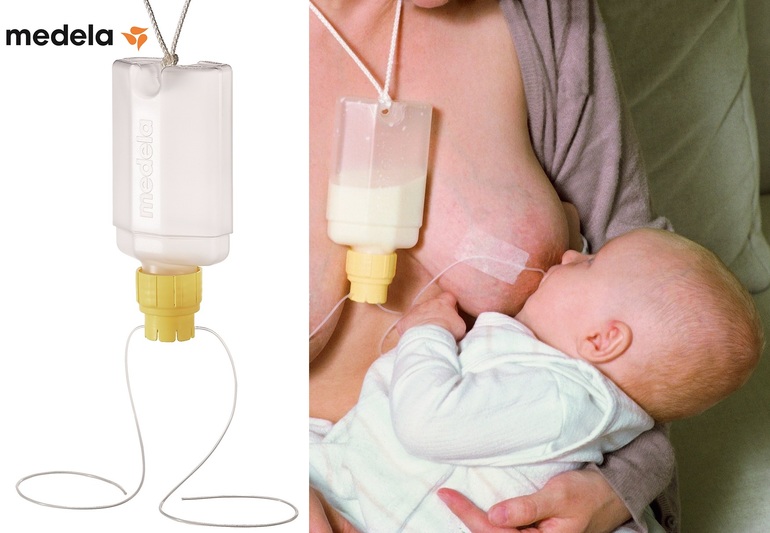
Use play and humour
For a slightly older baby, using new positions in a playful way may help turn breastfeeding into more of a casual fun thing, rather than an activity that creates tension and anxiety. Trying different positions and places for latching on—in the bath, the garden, kitchen, while walking about, in a dark room, even dangling a breast over him when he is on the floor (while you both giggle)—may all help make it more of a fun thing to do. Sometimes being inventive and making a silly game involving breastfeeding may work.
Watch other mothers and babies breastfeed
It can be helpful to spend time with other breastfeeding mothers for support and ideas. An older baby may be interested to copy other babies breastfeeding.
ⓒEmily WalkerOnce your baby latches…
Full breast or empty breast?
Try to strike a balance between offering a soft breast which will be easier for a latch, and a breast that is full enough to give an instant reward of plentiful milk. Shaping your breast ie compressing it/flattening it slightly to fit your baby’s mouth can help your baby latch (i.e. the same way you might flatten a big sandwich full of lettuce before you take a bite). See Latching Tips for further help.
Shaping your breast ie compressing it/flattening it slightly to fit your baby’s mouth can help your baby latch (i.e. the same way you might flatten a big sandwich full of lettuce before you take a bite). See Latching Tips for further help.
Stay relaxed
The first time your baby latches to the breast will be very exciting, you may find you tense up or hold your breath. Try to relax and act like this is natural and nothing special! You could sway slightly or rock your baby gently at this point. Some mothers have tried singing or chatting to their baby while their little one latches. The next step is providing an instant reward for any suckling, either via a full breast and an already initiated let-down or by breast compressions or with a supplemental nursing system (see below). As soon as your baby is taking good volumes at the breast try to phase out using the bottle for any top-ups so your baby can learn to breastfeed without nipple confusion.
Supplemental nursing system
If your milk supply is very low, supplementing at the breast with a homemade or commercial supplemental nursing system can help transition baby back to breast once they begin to latch. If your baby is latched correctly the thin feeding tube of the supplementer runs alongside the nipple or nipple shield delivering plenty of breast milk or formula. This helps give your baby a positive association with the breast as a food source and will also stimulate your own supply simply by baby being latched on. It can be fiddly and take some practice, and bear in mind an older baby may be aware of the tube at first. See Breastfeeding With a Supplemental Nursing System for more information.
If your baby is latched correctly the thin feeding tube of the supplementer runs alongside the nipple or nipple shield delivering plenty of breast milk or formula. This helps give your baby a positive association with the breast as a food source and will also stimulate your own supply simply by baby being latched on. It can be fiddly and take some practice, and bear in mind an older baby may be aware of the tube at first. See Breastfeeding With a Supplemental Nursing System for more information.
Finish at the breast
If your baby is still having supplements by bottle but has started to latch, it can sometimes work well to offer most (but not all) of the supplemental feed first and then finish with a breastfeed. This way a baby learns to fall asleep full and contented at the breast. As your supply increases and baby’s technique improves less supplement can be offered before the feed so that the bottle is gradually phased out.
If breastfeeding hurts…
Working with an IBCLC lactation consultant when you are trying to get your baby back to the breast can be a great support. There may be good reasons why breastfeeding didn’t work out the first time and it can help a great idea to talk these through. Maybe it was because breastfeeding hurt because your baby was in a shallow latch, or you didn’t think you had enough milk, or you had flat or inverted nipples. Knowing answers to common problems can help prepare you for any blips in your bottle-to-breast journey. Your lactation consultant will be able to make suggestions to improve latch, positioning and tongue function.
There may be good reasons why breastfeeding didn’t work out the first time and it can help a great idea to talk these through. Maybe it was because breastfeeding hurt because your baby was in a shallow latch, or you didn’t think you had enough milk, or you had flat or inverted nipples. Knowing answers to common problems can help prepare you for any blips in your bottle-to-breast journey. Your lactation consultant will be able to make suggestions to improve latch, positioning and tongue function.
Trouble shooting
Baby crying, arching and pulling away?
Sometimes a baby may seem quite distressed by breastfeeding or even the thought of breastfeeding. He might arch his back and pull away from the breast every time his mother tries to latch him, he may get very upset and cry. This might happen when a baby associates a negative experience with breastfeeding such as being pushed onto the breast when he is upset/crying or having their head held in position when they are trying to get away from the breast. Sometimes well meaning health professionals can cause this by their attempts to make a baby to breastfeed. Or a mother may inadvertently perpetuate it by repeating the technique. Once a baby is upset, a mother will get upset too and the tension around breastfeeding can be reinforced with every feed. Taking a short break from trying to breastfeed can help to break this negative pattern.
Sometimes well meaning health professionals can cause this by their attempts to make a baby to breastfeed. Or a mother may inadvertently perpetuate it by repeating the technique. Once a baby is upset, a mother will get upset too and the tension around breastfeeding can be reinforced with every feed. Taking a short break from trying to breastfeed can help to break this negative pattern.
Take a break
Taking a break from trying to breastfeed for a few days might feel counterproductive, but making breasts a happy place (mamaandbabylove.com) can reset your baby’s bad memories. Substitute breastfeeding efforts with lots of skin-to-skin contact without any pressure on your part to get your baby to latch. Try breastfeeding again in a few days using breastfeeding positions that give your baby more control of how and when to latch. Christina Smillie describes a step by step approach in her handout Time Off to “Reboot” the Baby and Get Over Breast Distress.
Stay calm
Babies breastfeed best when they are calm and alert. Choose a moment to try breastfeeding when your baby is calm, and help your baby stay calm by talking to him, reassuring him, maintaining eye contact and staying calm yourself 1.
Choose a moment to try breastfeeding when your baby is calm, and help your baby stay calm by talking to him, reassuring him, maintaining eye contact and staying calm yourself 1.
Summary
Just as many breastfed babies can be persuaded to take a bottle, it is possible to get a baby to take the breast after a period of bottle feeding. It can take some patience and perseverance but there are several tips and tricks to try even if your baby is several weeks or months old.
Footnotes & References
-
Breast Distress, Breast Refusal, Oral Aversion and Total Freakout, Christina Smillie, LCGB Conference 2017
Getting Baby Back on the Breast: How to Deal with Breast Refusal
It may be due to the type of birth you and baby had, especially if it was difficult or traumatic.
It could be from old fashioned breastfeeding techniques where the health professional tried to attach your baby onto your breast when your baby was showing signs of not wanting to feed.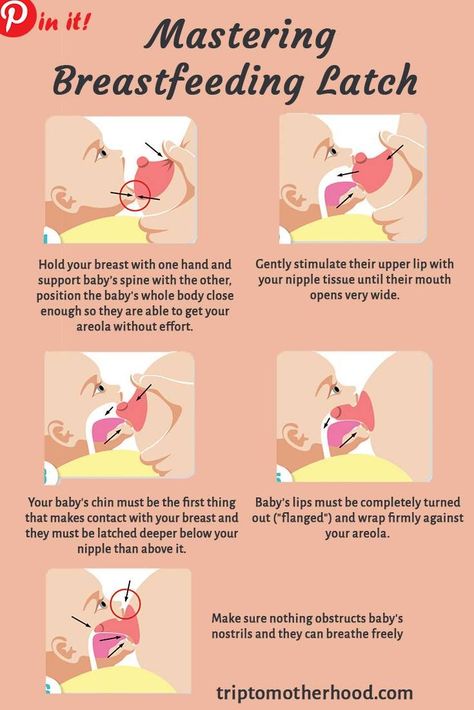
It could be from baby having a tongue tie or a headache after birth or that baby was born premature and is feeling a little overwhelmed by all the things that happen to them whilst in the special care nursery. We may never know.
The important thing to remember is your baby is not acting this way around you or your breasts because they are angry or upset with you! Your baby loves you more than anything and really wants to be held and snuggled by you. It’s just that something has just gotten in the way and made this option feel difficult for bub right now.
Many mums often describe feeling utterly rejected or even that they do not feel like a mum to their baby when something like this happens. It is totally understandable as every instinct in your body draws you to love and feed and calm your baby, when you see your baby crying and refuses to breastfeed it may feel like bub is sending clear signals that they do not like being near you.
This can be heartbreaking, but remember this is not how baby feels about you; this is just how baby feels in this moment about what is going in their mouth.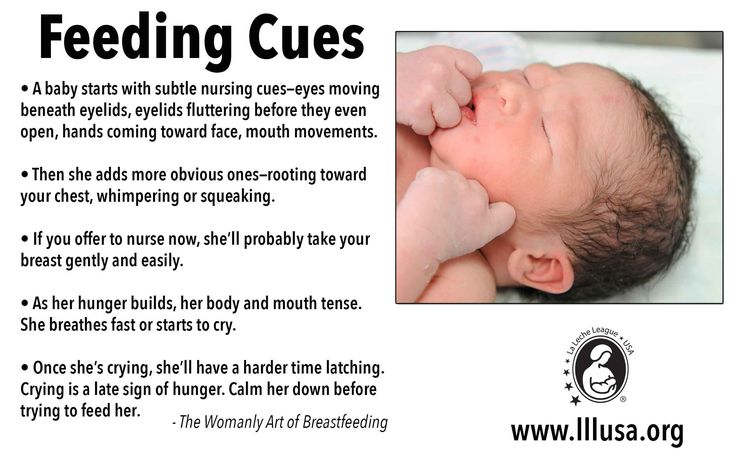
Your baby absolutely loves and adores you. Every time your baby opens their eyes they search for you, they can’t take their eyes off you. To your baby you are mum, the safest most divine person to be held by, you are beautiful and brimming with love, the best thing to wake up to. Every one of their senses is tuned into you, in perfect rhythm. That is why the next few tips on how to get your baby feeding on the breast will relate to this.
Here are a few ways to deal with breast refusal…
Try to Relax Around Your Baby
This is important, but understandably it is not as easy as someone just saying “calm down!”
Before the feeds, take 3 long and slow deep breaths with your eyes closed (if safe to do so). Lean back into the chair or bed, and notice your shoulders drop. Find a meditation app which plays relaxing music or words, or play your favourite music for a few mins before feeding as well, to really relax your muscles.
Get More Skin to Skin Contact
Hold your baby vertically on your chest in skin to skin contact. Keep baby’s nappy on (!) and cover bub with blankets to keep their back warm too.
Keep baby’s nappy on (!) and cover bub with blankets to keep their back warm too.
Use Mum’s Gentle Voice
Whilst you are relaxing together in skin to skin contact, sing and talk softly to your baby. It doesn’t have to be in tune or even be full sentences; just hearing your voice with calming noises is relaxing for baby and also for you.
Never underestimate the power of your gentle voice to help calm a situation.
Follow Your Baby Led Feeding Instincts
Whilst in this position, you may find baby starts to bob their head and work their way to the breast.
Some baby’s will instantly attach at the breast and feed just by changing to using this feeding position and allowing baby to use their own natural instincts.
Some babies may bob down to the breast and then once they feel the nipple on their lips start crying or screaming. If your baby refuses to breastfeeed, gently bring baby back up into the neutral vertical position on your chest and calm them with soft gentle words and firm but gentle hold on their back from your hand.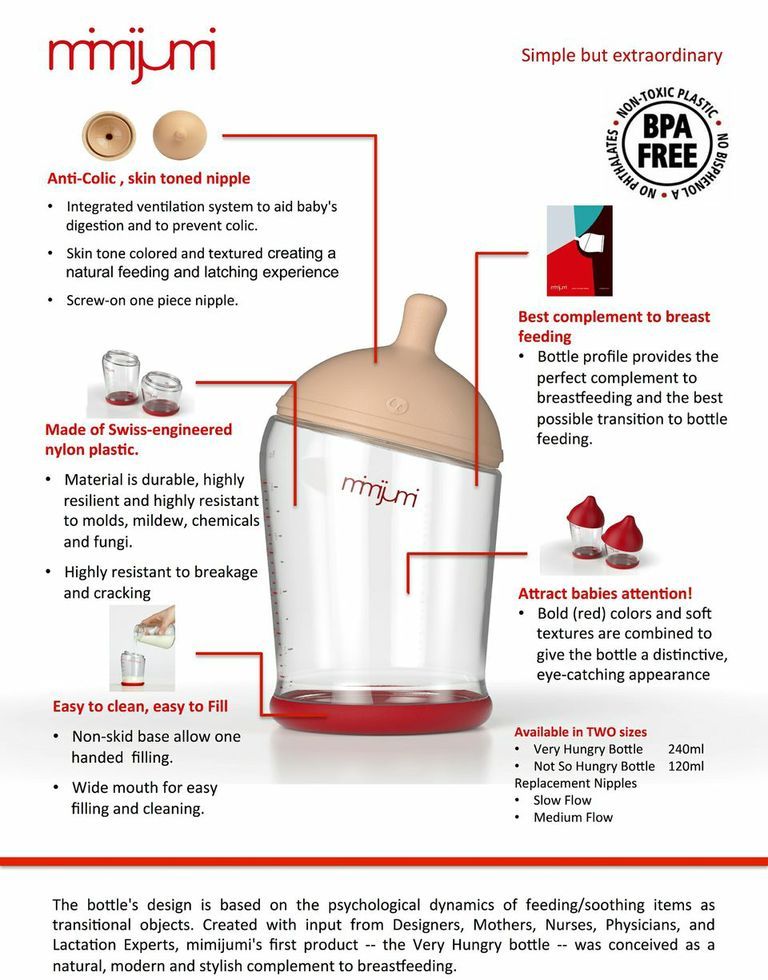
For some babies they need to feel better around the breast first before they can even start to latch onto the breast. Continuing to make baby breastfeed when they are showing signs of distress can often make the issue worse. Instead, every time baby starts to cry or scream, change baby’s position into the neutral position or a positon baby prefers and calm baby before trying again. You may have to do this several times each feed.
When you feel you and baby have tried to breastfeed enough, yet is still not working, relax and give baby an expressed breast milk feed. There is always next time, this process often takes time.
Make a Cocoon
If your baby is still very upset around your breast it is important to plan to have at least 2-4 very quiet days at home together. Cancel everything in your schedule as baby needs to be in very close contact with you for many hours.
Try and make yourself a “cocoon” – an area where you can sit, relax, lie for most of the day with your baby in skin to skin contact. This may be in your bed or on the sofa.
This may be in your bed or on the sofa.
The main point is that baby needs to feel happy again being next to the breast and the best way is to relax with baby next to your breasts for a few days. Most babies eventually become much calmer and can then learn to feed at the breast again.
Forget the Housework for a Few Days
If you are needing to have some “cocoon” days together, plan them out a little. Make sure you have plenty of water and snacks on hand. Hide the pile of washing or dishes, or anything which makes you feel like you need to do housework during this time!
This time is for doing nothing but being with your baby; of course you can watch TV or do anything your enjoy, which doesn’t disrupt your time together!
Continue Safe Sleeping Practices
If you are napping or sleeping during this time, make sure you place baby in their safe sleeping space first. Only resume skin to skin cuddles together once you are awake.
Hit the Reset Button
This very close contact for prolonged periods of time is like a re-set button for bub; it allows them to forget why they were upset or angry around the breast. This can lead to them getting back on the breast.
Try Co-bathing
The other wonderful “reset” is by having a bath with your baby. To do this you will need someone with you who can pass baby to you and take them out of the bath again.
Lie in a warm bath and have baby placed on your chest vertically. Keep baby’s back warm by pouring a cup of the bath water over bub every so often or cover baby’s back with a face washer.
Just like when you hold baby in skin to skin contact, sing to baby, talk gently and even have a cry and allow yourself and your feelings to flow.
You may find baby starts to find their way to your breast and may even feed the first time you bath together, or you may need to do this every day for a few days to notice results.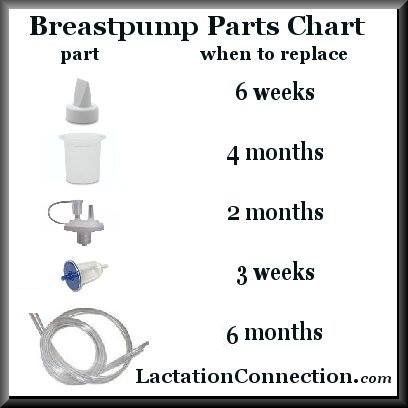 This can be one of the most profound ways to get a baby back breastfeeding and is most definitely worth a try.
This can be one of the most profound ways to get a baby back breastfeeding and is most definitely worth a try.
If you do not have your own bath tub, ask a family member or friend if you can use theirs.
Express Milk Onto the End of Your Nipple
This can entice baby to latch and then start sucking. Remember, at this stage, even a small lick or suck is progress. Try to see the small things as a move forward. Eventually baby will be sucking for long periods and you will be breastfeeding again, but it all started with small steps.
Try Using a Nipple Shield
If your baby has been fed from a bottle whilst they were not able to breastfeed, some babies can get used to the feeling of the bottle; harder silicone instead of softer breast tissue.
Because the nipple shield feels similar to a bottle teat, it can be used to coax a reluctant baby to accept the breast. Try this when your baby is not very hungry and your breasts are full. Apply the nipple shield correctly, ensuring some of you nipple is pulled into the shield.
Apply the nipple shield correctly, ensuring some of you nipple is pulled into the shield.
Express some milk into the tip and onto the top of the shield to moisten it and entice bub to latch and feed. Once baby starts to suck, compress your breast to encourage more milk to flow.
Some babies need only a few sessions with a shield to return to full breastfeeding. Other will need more practice, or perhaps brief use of the shield at the beginning of each feed.
Don’t Forget Breast Compression
This is a gentle way of holding and squeezing the breast during a breastfeed to help you increase milk flow and encourage bub to stay feeding at the breast as they will be rewarded with more milk.
Hold your breast by cupping and squeezing the breast between thumb and fingers – e.g. with the thumb on top of the breast and the fingers of the same hand below it. Place your hand far enough behind the areola so you don’t disturb bub. Do not press on your breast so that it causes pain, and avoid sliding your thumb or fingers along the breast.
Maintain the compression during baby’s sucking and then remove your hand from the breast in the pauses. Repeat the compressions until there is no active swallowing.
Try the Supplementary Nursing System (SNS)
If the milk supply is low, an SNS™ taped under the shield or directly onto your nipple can help provide an encouraging milk flow and keep baby on the breast until bub is self-sufficient.
Maintain Your Milk Supply
Often, when a baby refuses to breastfeed and life is feeling very stressful for mum, the maintenance of her milk supply can dwindle.
It is important to keep a good milk supply so that when baby comes back to the breast there is lots of milk to keep baby breastfeeding.
Whilst bub is not yet feeding directly at the breast, express you milk around 8 times every 24 hours. This way you will continue to make enough milk for baby. This number is based on the minimum average number of feeds babies will naturally do in the first month of life per day.
Get Lactation Support
As with any breastfeeding issues and complexities, it is a good idea to seek help from a qualified breastfeeding health professional; midwife, maternal child health nurse or lactation consultant.
Australian Breastfeeding Association – ABA helpline
1800 686 2 686 (1800 mum 2 mum)
https://www.breastfeeding.asn.au/services/index
https://www.breastfeeding.asn.au/bfinfo/index.html
The Maternal & Child Health Line
Available 24 hours a day, 7 days a week - 13 22 29
Maternal and Child Health Nurse Local Centres
Contact your local council
Lactation consultants at the Local hospital
Some hospitals have their own breastfeeding clinics. Phone your local hospital for an appointment
Private Lactation consultants
LCANZ http://www.lcanz.org/
Have you tried to help your baby return to breastfeeding? What breastfeeding questions do you have for us? Please join the conversation here or on our Medela Australia Facebook page.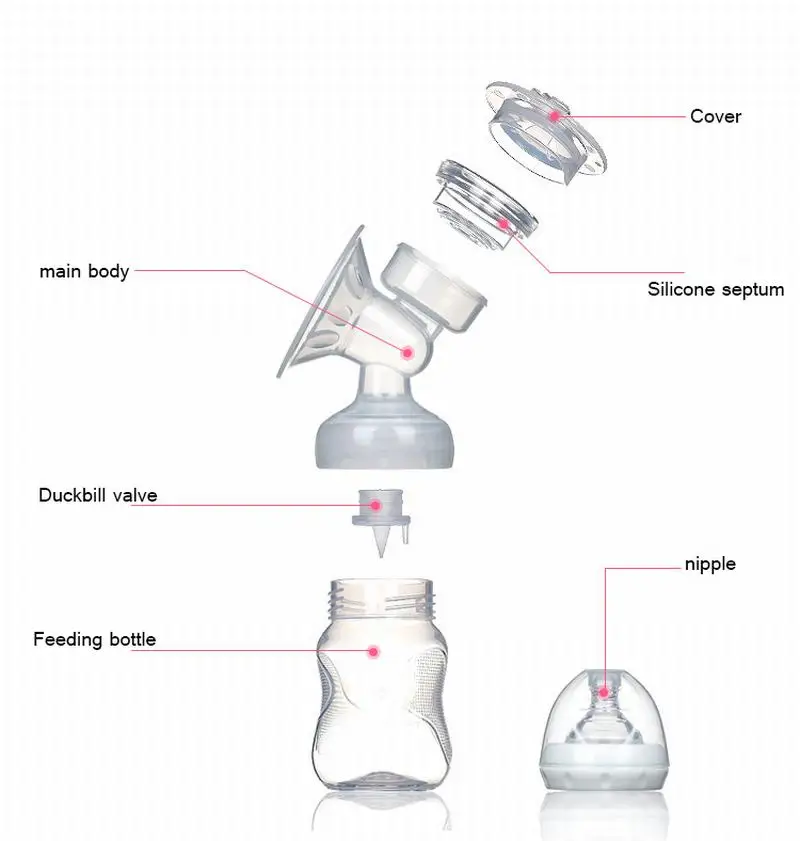
Baby won't take a bottle | Philips Avent
search support iconSearch Keywords
Home ›› What to do when your baby refuses a bottle
↑ top
any problems. If your breastfed baby refuses a bottle, don't worry. This is a common occurrence in many babies who are used to breastfeeding. Obviously, this can create certain difficulties for moms, especially if you need to return to work in the near future. nine0003
3 Philips Avent products to help you bottle feed:
So why is your baby refusing to bottle and crying? There are many ways to quickly and easily teach a breastfed baby to a bottle. Here are important tips on what to do when your baby refuses a bottle.
Is the baby refusing the bottle? Take a step back
If your baby cries while bottle feeding, the first thing to do is to start over and rethink your feeding approach and technique. Try the following steps when bottle feeding your baby: [1]
- Lift and tilt your baby's head forward.
 Before inserting the pacifier into the baby's mouth, make sure that the baby's head is raised and tilted over his body to avoid choking: so that the baby does not choke and have the opportunity to burp during bottle feeding.
Before inserting the pacifier into the baby's mouth, make sure that the baby's head is raised and tilted over his body to avoid choking: so that the baby does not choke and have the opportunity to burp during bottle feeding. - Insert the pacifier. Bring the pacifier to the baby's lips and gently guide it into the baby's mouth. In no case do not try to press the nipple on the baby's lips and try to push it into his mouth. After touching the pacifier to the baby's lips, wait for the baby to open his mouth and take the pacifier. nine0036
- Hold the bottle at an angle. Tilt the bottle at an angle so that the nipple is only half full. So the child can eat at his own pace.
- Let the baby burp during and after feeding. It can be useful for a child to burp not only after feeding, but also approximately in the middle of the process. This will help reduce gas or tummy discomfort that your baby may experience from swallowing too much air.
- Stop in time, do not overfeed the baby.
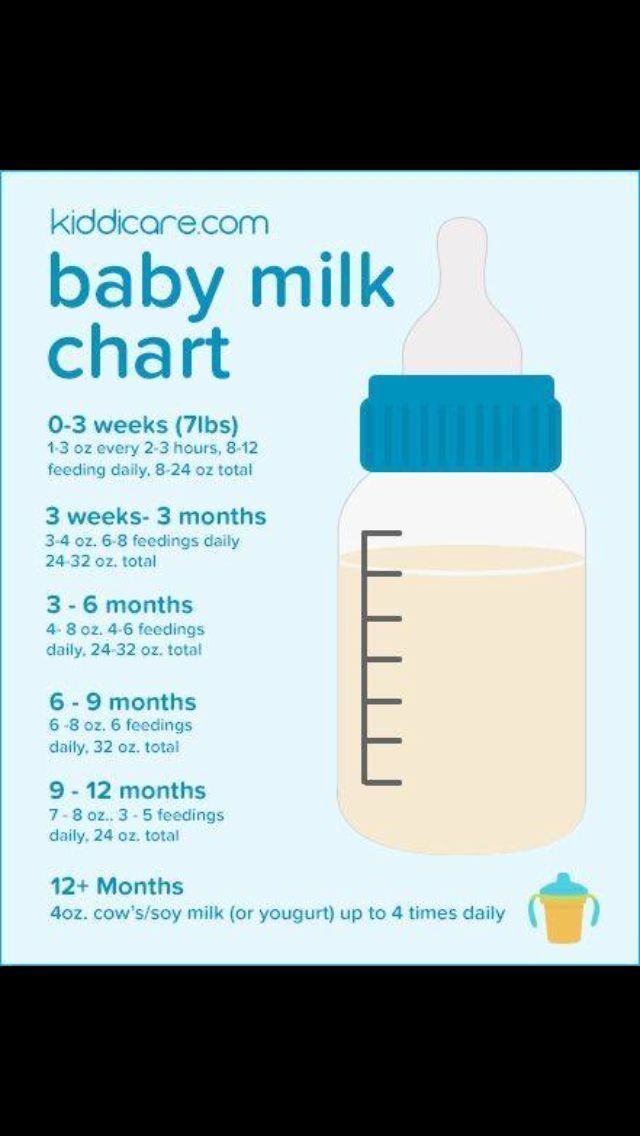 If the baby begins to turn his head away from the bottle or closes his mouth, then he is full and you need to stop feeding.
If the baby begins to turn his head away from the bottle or closes his mouth, then he is full and you need to stop feeding. - Perhaps the flow of milk from the nipple to the baby is weak or, on the contrary, too fast, so he is naughty and refuses the bottle. Try changing the nipple to a nipple with a different flow.
Other tips if your baby refuses the bottle
If you've followed the steps above and your baby still refuses the bottle, don't worry. There are other ways to help bottle feed your baby. Here are some simple tricks you can add to your bottle feeding process. nine0029 [2]
1. Remind your child about mom.
Sometimes a child can be fed by someone other than his mother - dad, grandmother or, for example, a nanny. If your baby fusses while bottle feeding, try wrapping the bottle in something that smells like mommy, like a piece of clothing or some fabric. This will make it easier to feed the baby when the mother is not around.
2. Try to maintain skin contact while bottle feeding. nine0006
Some babies need contact with their mother, so try bottle feeding while leaning against you. However, some babies are better at bottle feeding when they are in the exact opposite position than when they are breastfed. For example, there is a position with bent legs. Lay the child on your bent knees, facing you, pointing the child's legs towards your stomach. During feeding, the baby will be able to look at you and contact you in this way. If your baby refuses a bottle, experiment to see which works best. nine0003
3. Move while feeding.
Sometimes all it takes to get your baby to take the bottle is a little wiggle or walk. The next time your baby starts crying while bottle feeding, try moving around a little rhythmically to calm him down.
4. Try changing the milk temperature.
If the baby still does not want to take the bottle, check if the milk in the bottle is too hot or too cold. Before feeding, put some warm breast milk on the inside of your wrist to check the temperature. Milk should be warm, but if it seemed hot to you, just place the bottle for a short while under a stream of cold water. nine0003
Before feeding, put some warm breast milk on the inside of your wrist to check the temperature. Milk should be warm, but if it seemed hot to you, just place the bottle for a short while under a stream of cold water. nine0003
Choosing the right bottle for your baby If you plan to combine bottle feeding with breastfeeding, it is advisable to choose bottles with a nipple that will have a wide base as the bottle will grip closer to the breast. Also pay attention to the fact that the nipple is firm and flexible, the child must make an effort to drink from the bottle, as well as from the breast. Give preference to nipples with an anti-colic valve that vents air out of the bottle. nine0003
Natural bottle allows you to combine breast and bottle feeding. 83.3% of babies switch from a Natural bottle to breastfeeding and back.*
If you choose a bottle for artificial feeding, traditional bottles are fine, but it is desirable that the nipple is made of a hypoallergenic material, such as silicone, has an anti-colic valve and did not stick together when bottle fed. In case your baby spit up often, then use special bottles with anti-colic and anti-reflux valve, which reduces the risk of spitting up and colic.
In case your baby spit up often, then use special bottles with anti-colic and anti-reflux valve, which reduces the risk of spitting up and colic.
Bottle with unique AirFree valve reduces the risk of colic, gas and spitting up. With this bottle, you can feed your baby in an upright or semi-upright position to reduce spitting up. Due to the fact that the nipple is filled with milk and not air during feeding, the baby does not swallow air, which means that feeding will be more comfortable.
Both bottles are indispensable if you want to breastfeed, bottle feed or just bottle feed your baby. nine0003
“My baby refuses to breastfeed but bottle feeds – help!”
Sometimes a baby gets used to bottle feeding and refuses to breastfeed. Therefore, it is important to use bottles that are suitable for combining breastfeeding with bottle feeding. If, nevertheless, you are faced with the fact that the child refuses to take the breast, try using silicone nipple covers to make the transition from the bottle to the breast and back more imperceptible. nine0013
nine0013
Remember that if you want to combine breastfeeding and bottle feeding, it is worth waiting at least a month before offering a bottle, so that you are lactating and have time to get used to each other and develop a breastfeeding regimen.
Breastfeed and bottle feed your baby with pleasure
Remember that it takes a while for your baby to get used to bottle feeding. This is completely normal. If you have to go to work, be sure to set aside enough time to bottle train your baby beforehand. nine0013
Remember that every child is different, so what works for one may not work for another. With a little time and patience, you will find out what works best for your baby when he refuses a bottle.
You will identify your child's unique needs. However, if your baby still refuses the bottle after all the steps above, check with your pediatrician.
Articles and tips from Philips Avent
References:
*O. L. Lukoyanova, T.E. Borovik, I.A. Belyaeva, G.V. Yatsyk; NTsZD RAMS; 1st Moscow State Medical University THEM. Sechenova, "The use of modern technological methods to maintain successful breastfeeding", RF, 10/02/2012 3 llli.org - The Baby Who Doesn't Nurse
L. Lukoyanova, T.E. Borovik, I.A. Belyaeva, G.V. Yatsyk; NTsZD RAMS; 1st Moscow State Medical University THEM. Sechenova, "The use of modern technological methods to maintain successful breastfeeding", RF, 10/02/2012 3 llli.org - The Baby Who Doesn't Nurse
llli.org - Introducing a Bottle to a Breastfed Baby
Baby+ app
Download the app and track your child's development and growth with trackers and save those special moments forever.
Download app:
You are leaving the Philips Healthcare (“Philips”) official website. Any links to third party websites that may be included on this site are provided solely as a convenience to you. Philips makes no warranties regarding any third party websites or the information they contain. nine0003
I understand
You are about to visit a Philips global content page
Continue
You are about to visit the Philips USA website.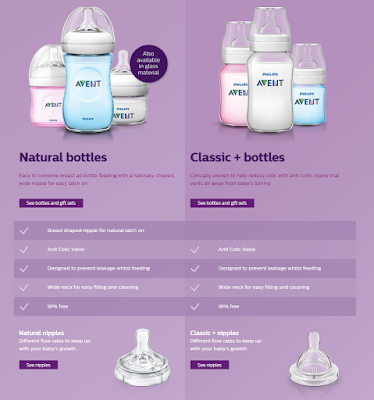
I understand
How to teach a baby to breastfeed after a bottle, we teach a baby to breastfeed after a bottle
Contents
- Why the baby does not want to breastfeed after a bottle
- We teach a baby to breastfeed
- No bottles or nipples0036
- Gentle persistence
- Ideal conditions for faster bottle rejection
- Baby used to the bottle, how to return to the breast painlessly?
- Related videos
After the birth of a baby, there are not only pleasant, but also quite difficult moments in life. To overcome them, you need to understand the language of the baby and learn to negotiate with him. It happens that the baby categorically refuses breastfeeding. Mom starts to panic and tries to feed him from the stocked bottle. After that, the child begins to perceive his mother's breast even worse. Why this happens and how to teach a baby in the chest after a bottle is a question that interests many mothers.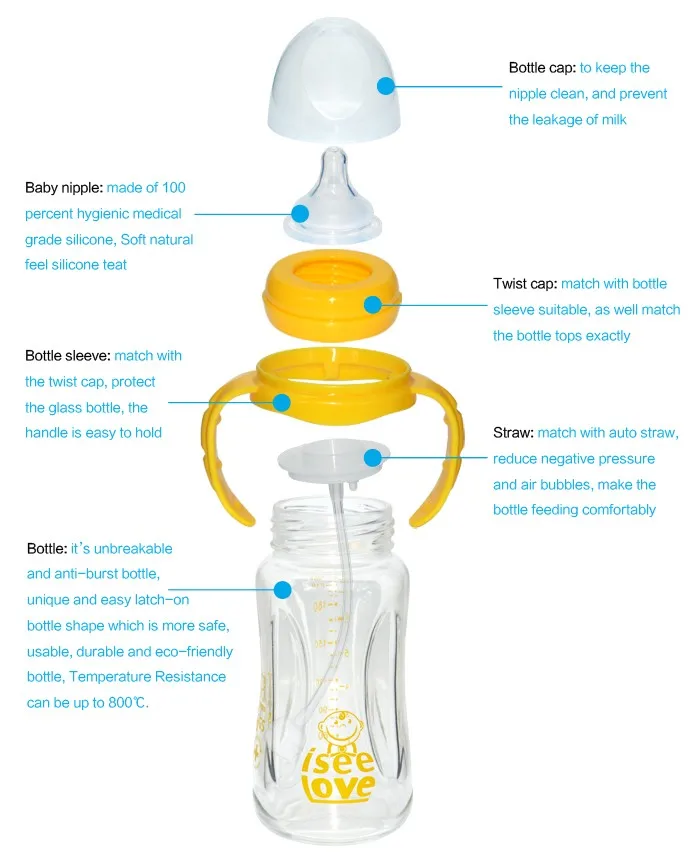 nine0003
nine0003
Why the baby does not want to take the breast after the bottle
The reasons can be completely different:
- The mother does not attach the baby correctly.
- Child's illness (sore throat, nasal congestion, painful teething).
- Bloating.
- Weakness and malaise (common in premature babies).
- Getting used to an easier way to get food.
- Individual features of the structure of the nipple when the baby cannot properly capture it. nine0036
- Deterioration of the taste of milk during menstruation or after eating certain foods.
- Discomfort due to cold or heat.
- Unusual or strong smell from mother.
- Mom's stressful state, fear of feeling pain during feeding.
- Short frenulum in a child.
- Audio or visual distractions.
Do not be angry or offended by the baby. You need to try to understand the cause in order to quickly solve the problem. nine0003
We teach the baby to breastfeed
In order to accustom the child to breastfeeding, there must be a close relationship between mother and baby. They should have enough time to communicate with each other. The baby in the arms of the mother begins to feel protected, which means it calms down and relaxes. He begins to recognize his mother by smell and tactile sensations. When teaching a child to breastfeed, you must adhere to the following rules:
They should have enough time to communicate with each other. The baby in the arms of the mother begins to feel protected, which means it calms down and relaxes. He begins to recognize his mother by smell and tactile sensations. When teaching a child to breastfeed, you must adhere to the following rules:
No bottles or teats
If there is a need to supplement, it is better to feed with a spoon or syringe. Of course, it is more convenient to do this from a bottle, but then it is very difficult to return breastfeeding. If the baby is already used to drinking from it, then you can try to change the nipple on it with very small holes, so that it is more difficult for the child to suck the mixture. Before feeding, you can moisten the nipple with milk, then the baby will instinctively reach for the mother's breast. To teach a child to breastfeed after a bottle, you just need to be patient. nine0003
Gentle perseverance
During this period, the mother must always be near.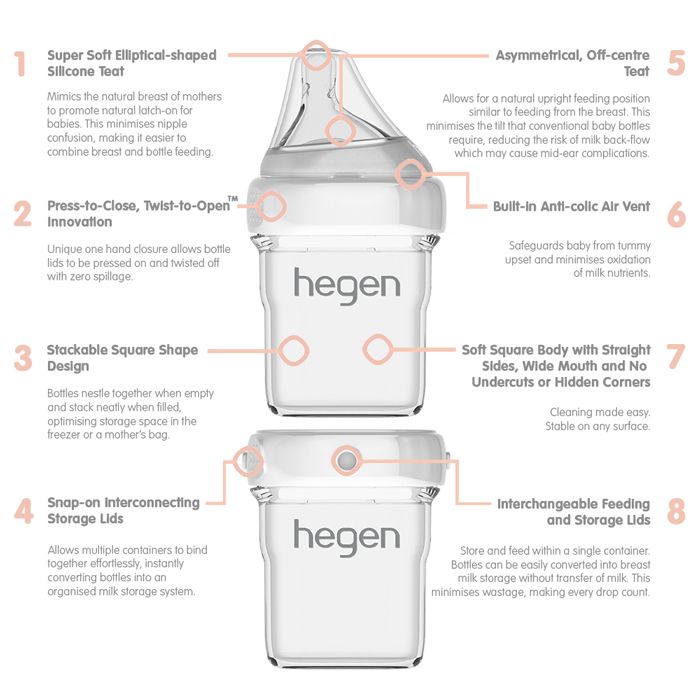 As soon as the baby begins to want to eat or just gets angry, he should be offered a breast. If he continues to refuse and demand a bottle, you should not show your strength and hold the baby's head forcibly. Do not yell at him or shake him. Mom is love and care. You can’t boycott the little one: don’t let him eat and ignore his crying. The baby may withdraw, and the problems associated with this will manifest themselves at an older age. nine0003
As soon as the baby begins to want to eat or just gets angry, he should be offered a breast. If he continues to refuse and demand a bottle, you should not show your strength and hold the baby's head forcibly. Do not yell at him or shake him. Mom is love and care. You can’t boycott the little one: don’t let him eat and ignore his crying. The baby may withdraw, and the problems associated with this will manifest themselves at an older age. nine0003
Ideal conditions for faster bottle rejection
Is your baby accustomed to his mother, calms down when she is around, but stubbornly continues to refuse the breast? To teach him, you need to create comfortable conditions. Every mother should choose the most comfortable position for breastfeeding. It is worth experimenting: lying, sitting, using a pillow.
It is better to dim the light, exclude all extraneous sounds. If there is someone else in the house, ask him not to walk near and not to make noise during feeding. If there are physiological problems, then you need to solve them as soon as possible. In order for the cosmetic features of the nipple not to affect breastfeeding, you can use special silicone nozzles. nine0003
If there are physiological problems, then you need to solve them as soon as possible. In order for the cosmetic features of the nipple not to affect breastfeeding, you can use special silicone nozzles. nine0003
If you cannot solve the problem yourself, you should consult your pediatrician. It will help you understand and solve the problem as soon as possible. In each case, different methods may work. And also mom should listen to her intuition and heart. You need to watch the baby, he himself will tell you what worries him.
The baby is used to the bottle, how to safely return to the breast?
The first thing a mother does after giving birth is to put her baby to her breast. But there are situations when this did not happen for a number of reasons. The newborn has to be bottle fed. When the mother manages to attach the child to her breast, he turns away. It is much harder for a child to get milk from her, so he tries to establish his own rules. nine0003
But all is not lost. Breastfeeding can be resumed. Mom needs to throw all her strength into ensuring that the quantity and quality of milk meet the needs of the crumbs. The first thing to do is hide the bottle. Remove the nipples too. The chest is the solution to all problems: hunger, longing, resentment, anger. You can feed with a spoon or syringe. Adhering to this tactic, after a few days the baby should give up.
Breastfeeding can be resumed. Mom needs to throw all her strength into ensuring that the quantity and quality of milk meet the needs of the crumbs. The first thing to do is hide the bottle. Remove the nipples too. The chest is the solution to all problems: hunger, longing, resentment, anger. You can feed with a spoon or syringe. Adhering to this tactic, after a few days the baby should give up.
If the baby is able to suckle milk for 10 minutes or more, then you can reduce the amount of supplementary feeding and continue to work in the same direction. nine0003
After the bottle, the baby is reluctant to breastfeed. Pediatricians recommend applying the child when he falls asleep or does not have time to wake up. His consciousness is still asleep, and he will not resist so much. The first time, he can just keep the nipple in his mouth until he finally understands. No feeding by the hour, only according to the needs of the baby.
A child is a person with whom one can negotiate, but in order to accustom him to start doing something, it is sometimes very difficult.


